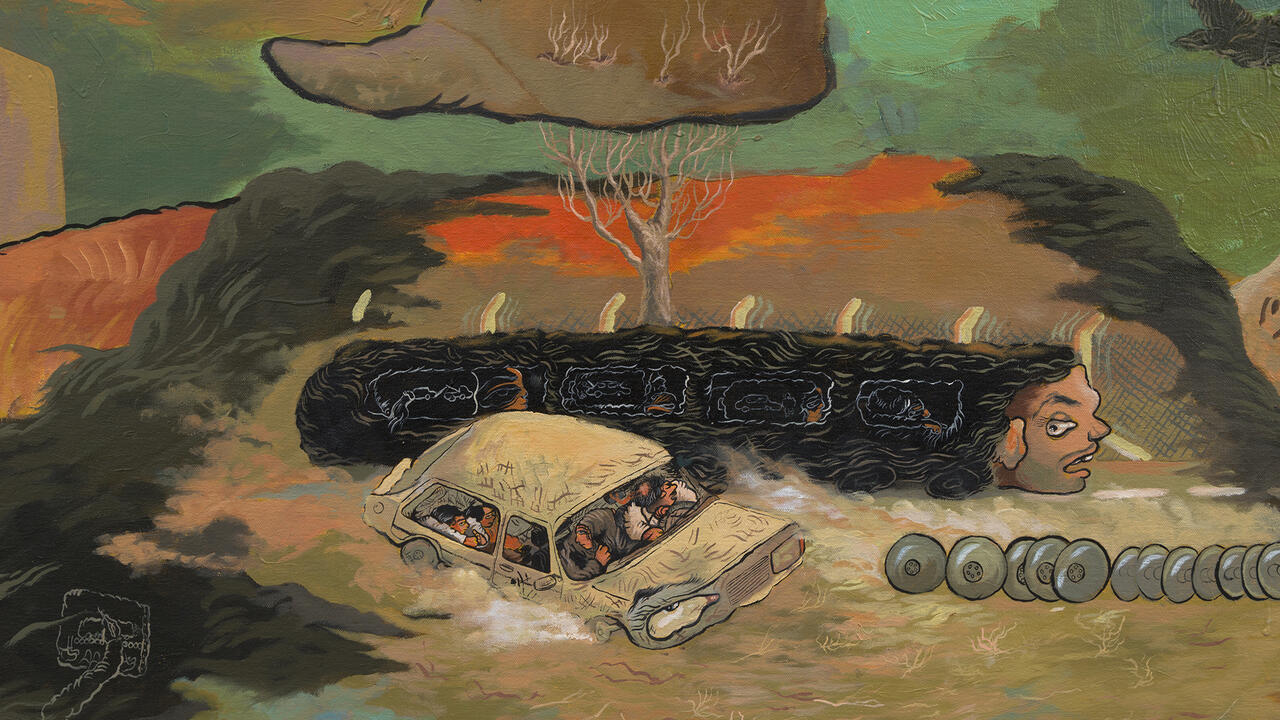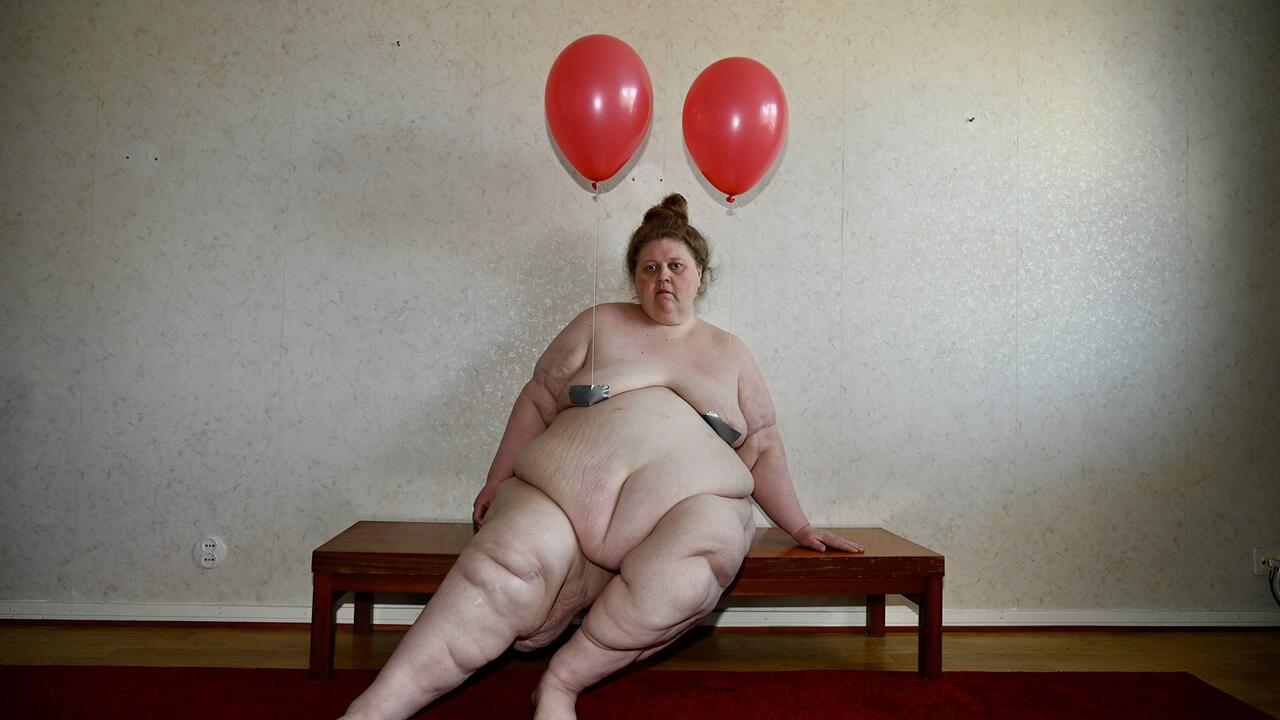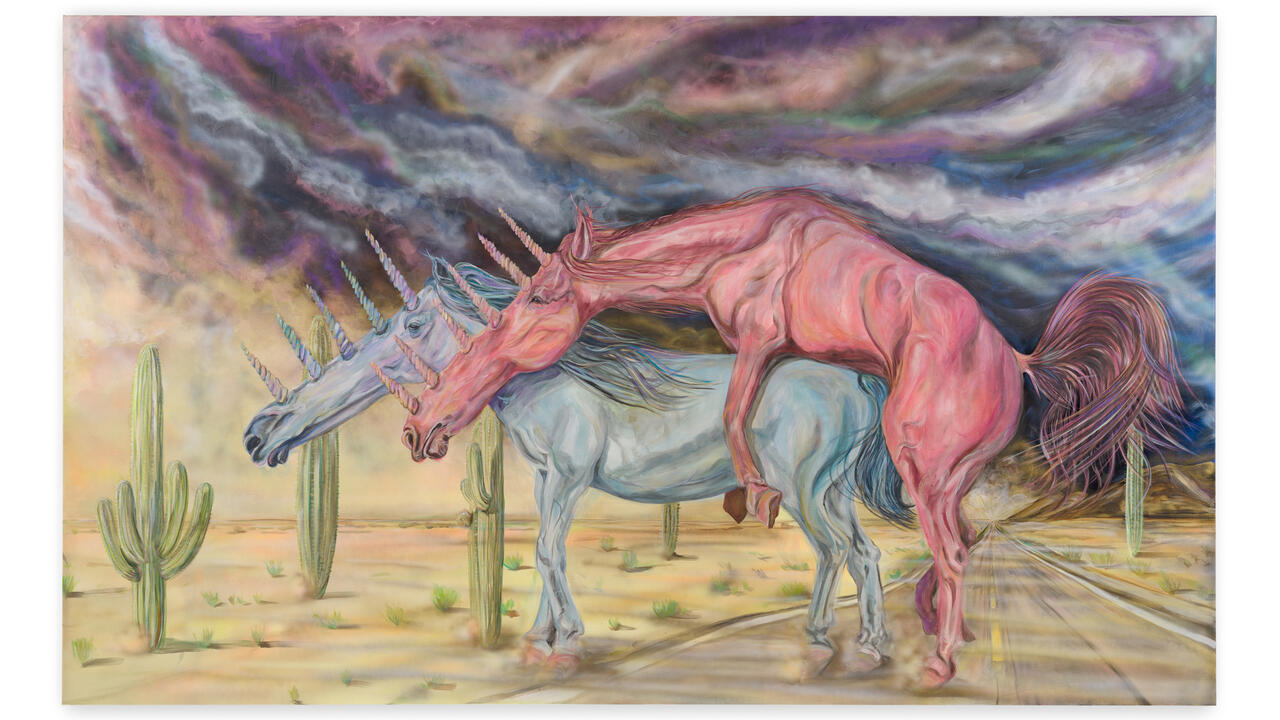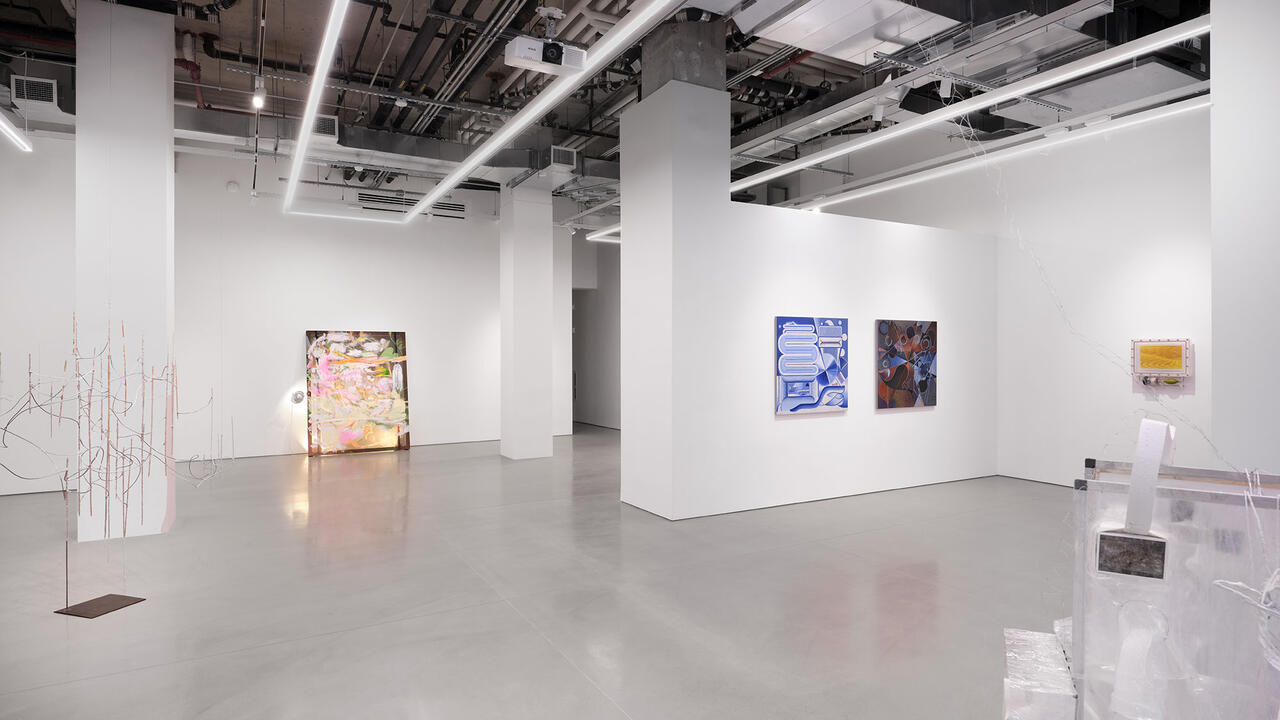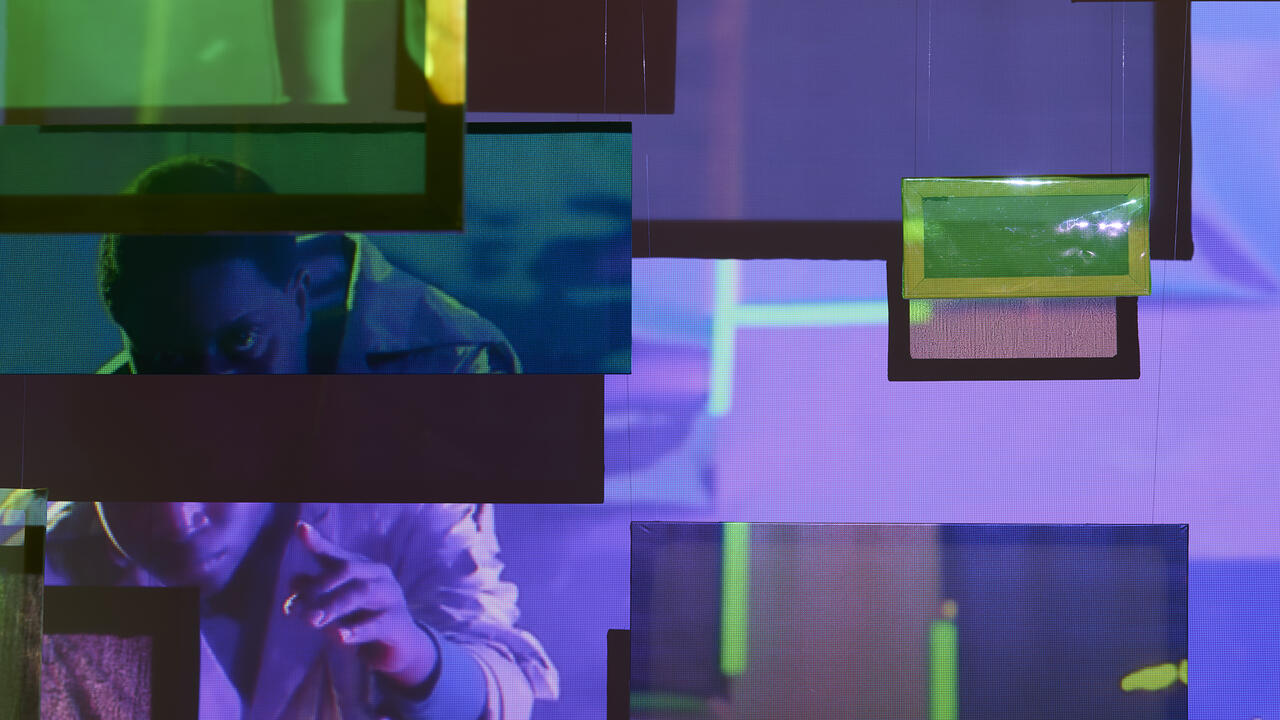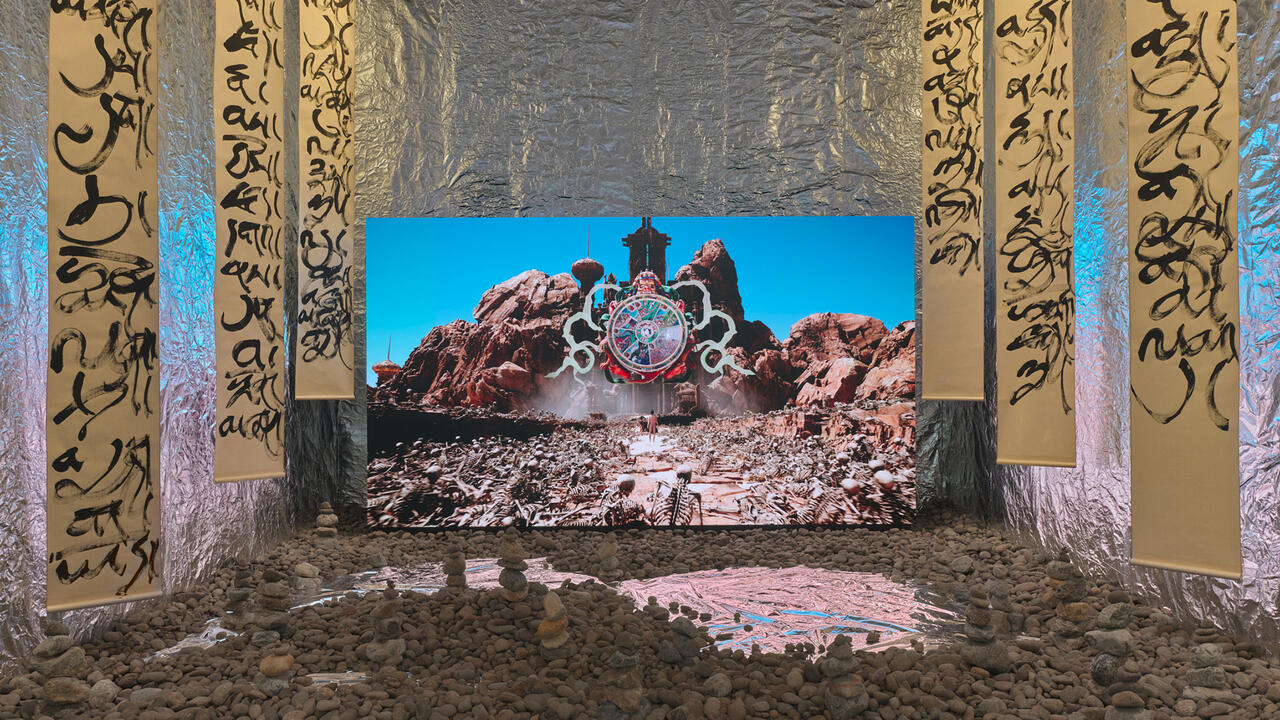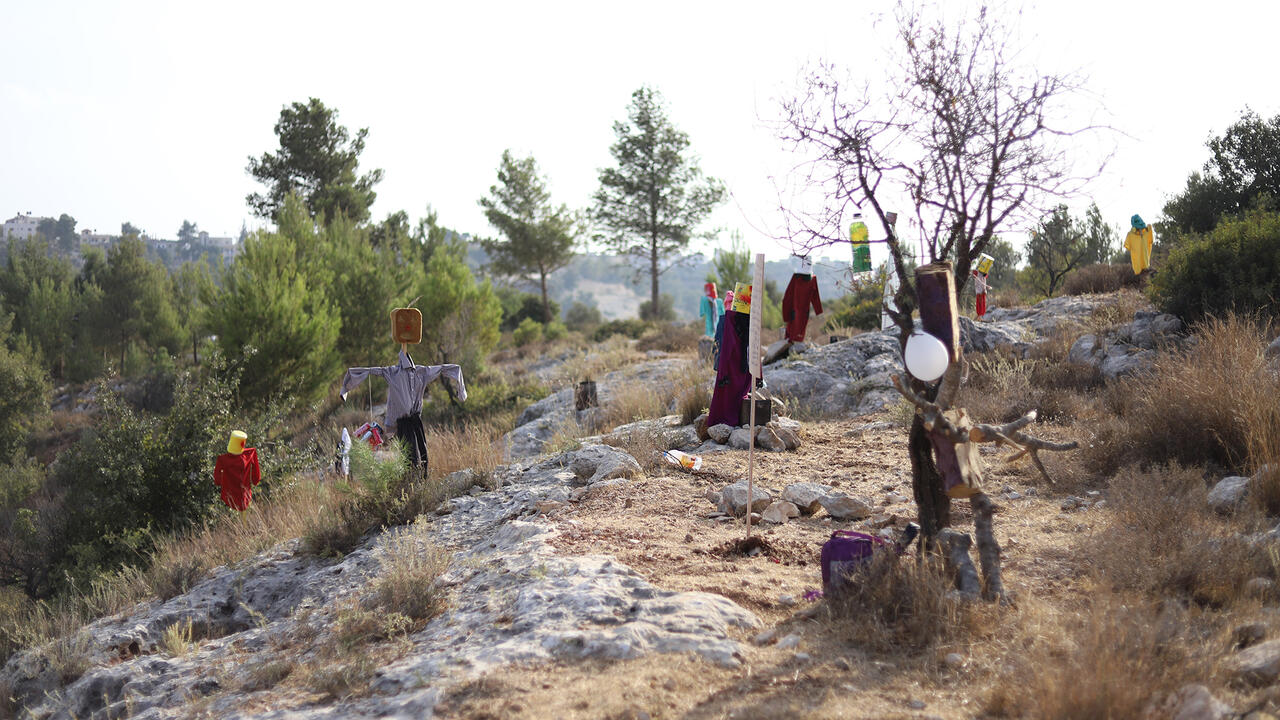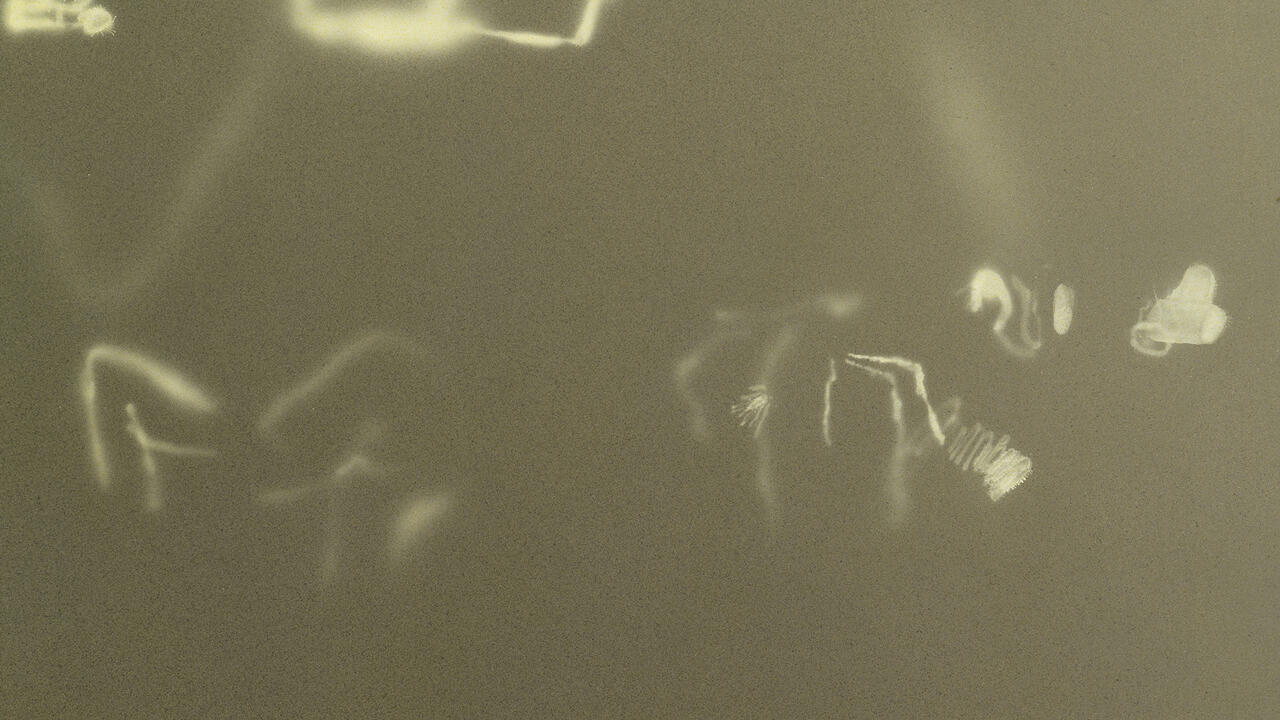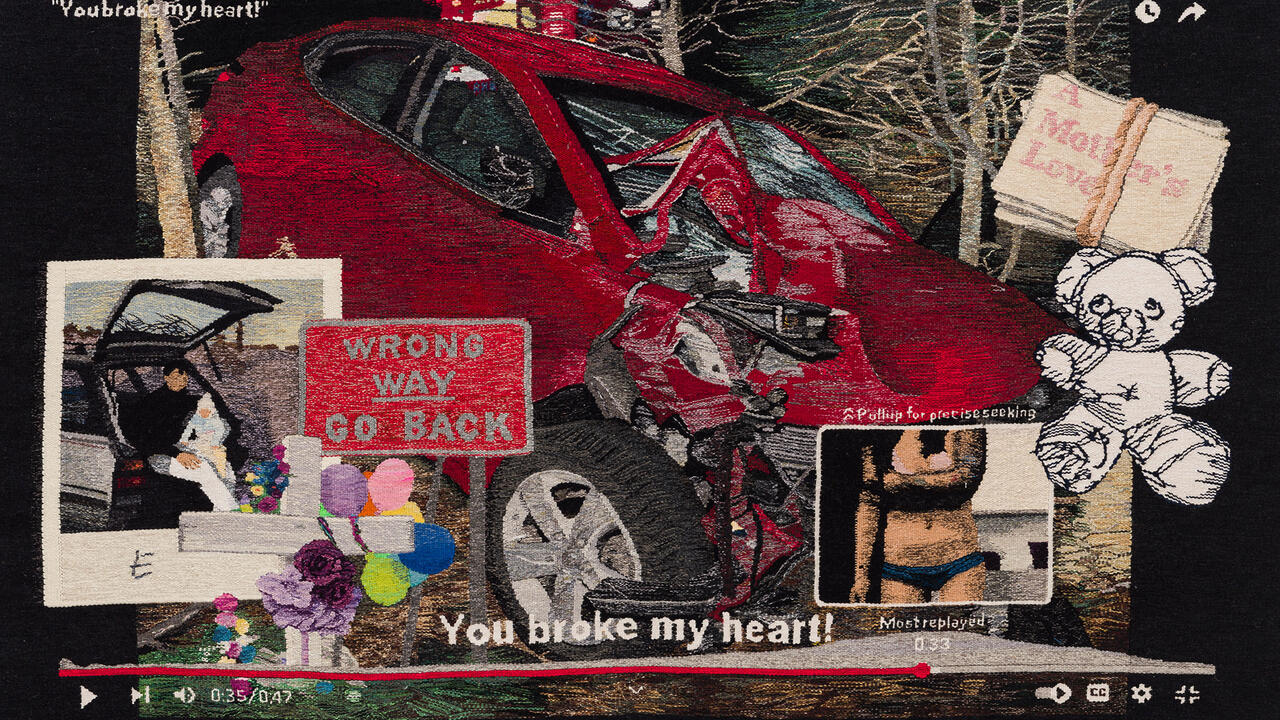Why Has the Whitney Tried to Sanitize David Wojnarowicz?
‘This retrospective portrays an inveterate outsider, a champion of the different and disempowered, as a fixture of a canon he reviled’
‘This retrospective portrays an inveterate outsider, a champion of the different and disempowered, as a fixture of a canon he reviled’

On the fifth floor of the Whitney Museum of American Art, midway through the hotly anticipated retrospective of David Wojnarowicz – a crowded affair featuring nearly 150 paintings, sculptures, prints, photographs, films and collages the artist made during his brief yet prolific career – one room has been left completely empty. A series of benches line its perimeter, painted the same pale grey as its walls, and Wojnarowicz’s deep, droning voice fills the air. ‘I wake up every morning in this killing machine called America, and I’m carrying this rage inside like a blood-filled egg,’ he says. ‘And there’s a thin line between the inside and outside, a thin line between thought and action, and that line is simply made up of blood and muscle and bone.’ This kind of address, at once confessional and confrontational, was central to Wojnarowicz’s life and work, in which the personal and the political, the tender and the violent, the sacred and the profane, seem separated by only the thinnest lines. These lines link his teenage days as a homeless hustler to his final years as an activist and artistic icon, before his death in 1992 from AIDS-related complications at the age of 37. Like veins, they connect our current political nightmare to that time three decades ago, when a right-wing government stripped liberties from the sick and dying, and facts were subsumed by fear. It is all the more disappointing, then, that this timely exhibition should be so flawed.
In art as in life, Wojnarowicz lived by the formulation of his favourite poet, Arthur Rimbaud, ‘Je est un autre’ (‘I is an Other’): spurned and beaten as a child by his alcoholic father, he often fled to the woods for the company of insects. He never trained to be an artist, remaining an outcast even as he achieved commercial success. For his early photographic series ‘Rimbaud in New York’ (1978–79), he conscripted friends and lovers to wear a mask of the eponymous poet’s face while they stalked the West Side elevated railway (now the High Line) and the seedy Times Square porn theatres where the artist once turned tricks. Like Wojnarowicz, Rimbaud was the product of a broken home, a queer vagabond who never saw his 38th birthday. The mask itself opens this exhibition, its eyeholes yellow with human grease. On the walls, ‘Rimbaud’ shoots heroin, rides the subway, looks up from a cup of diner coffee. Jean Genet, patron saint of queer outlaws, also appears here in the collage Untitled (Genet after Brassaï) (1979), haloed in the nave of a crumbling chapel, with an icon of Christ shooting up above the altar. The Christian fundamentalist American Family Association would later seize on that image to harass Wojnarowicz and the National Endowment of the Arts, a flashpoint in the US ‘culture wars’ of the 1980s. Yet it depicts two martyrs for the dispossessed who, like all of Wojnarowicz’s heroes, were drawn to the world’s seamy underbelly, to its junkies, bums and bugs.

Wojnarowicz still considered himself a poet when he began spray-painting crude cartoons on the soggy, splintered piers where he cruised for sex. For a couple of years, he sang in a No Wave band, 3 Teens Kill 4, its name lifted from a typically sensationalist headline in the New York Post. Their catchy, cacophonous tracks play in the following gallery, where stencilled posters – including Wojnarowicz’s iconic burning house, which he designed in 1982 for the band’s logo – fill the high black walls. A slideshow of photographs by Andreas Sterzing, documenting guerrilla art installations at the piers, adds to a chaotic atmosphere that recalls the evanescent East Village art scene.
In the following room, however, co-curators David Breslin and David Kiehl have chosen to dismantle Wojnarowicz’s ‘Metamorphosis’ series of plaster heads, originally installed in a grid atop a painted target for a 1984 show at Civilian Warfare, presenting them in separate Perspex boxes rather than a single alien shooting gallery. It’s the first of several attempts to clean up Wojnarowicz’s unruly, outré output. ‘Some of us are born with the cross hairs of a rifle scope printed on our backs or skulls,’ he once wrote. What ugly truths get glossed over by the decision to remove that target?
A bright white wall has been hung with photographs of Wojnarowicz by Peter Hujar, who would become his best friend and mentor after a brief courtship in 1980. The works are some of the few true masterpieces in the exhibition. In them David, sullen-faced, smoulders with sex. Hujar convinced Wojnarowicz to paint, and what follows is a stifling ‘white cube’ presentation of his history paintings. Though impressively detailed, their garish colours and cartoonish textures revel in bad taste. Blue maps poke through their oily skins like lesions. Cowboys, insects, snowmen, trains: delirious symbols from his writings recur. When successful, their pastiche forms skewer the schizo-culture of late capitalism, what he called ‘X-Rays of Civilization’.

The show’s strongest paintings appear in a re-installation of Wojnarowicz’s 1987 show at Gracie Mansion, ‘The Four Elements’. Each respective force of nature is symbolically rendered, large-scale, with a level of draftsmanship that must be admired in the flesh. Gay porn stills float in an inky wash beside a foetus, swimming sperm and tadpoles in Water (1987), while a bandaged hand drops a flower through prison bars, in a nod to Genet’s Un chant d’amour (1950). Wind (For Peter Hujar) (1987), completed just before Hujar’s death to AIDS, is a spectral billow of steam from an industrial ruin, overlaid with an open window, a pair of paratroopers and a bird’s wing modelled from Albrecht Dürer, which Wojnarowicz had etched on his friend’s grave.
If Wojnarowicz pushed against his limits as a painter, his film and photography works suggest fields he might have transformed, had he time to further explore them. A selection of his mostly unfinished films is poorly projected, on loop, in a ‘black box’ gallery: it includes A Fire in My Belly (1986–87), which was censored from a 2010 exhibition at the National Portrait Gallery in Washington, D.C., after a seconds-long scene of fire ants crawling on a crucifix offended Republican Congressmen. The ants also appear on coins and clocks, elemental symbols lifted from his canvases. Ethereal shots of swimming beluga whales are interspersed with pans of Hujar’s warm corpse, also captured in heart-breaking photographs reminiscent of Andrea Mantegna’s Lamentation of Christ (1480), though crowded by other works when they could easily command a whole wall.

The show’s most powerful images rarely get the space they deserve. Its final gallery floods with text, as in Untitled (When I Put My Hands on Your Body) (1990), with its haunting photograph of a burial mound, or Untitled (One Day This Kid…) (1990–91), with its tale of homophobic child abuse. Take the time to read them, and these works cut like a knife to the gut. Yet they are blunted by a baffling omission: not one didactic mentions ACT UP, the pivotal AIDS activist organization of which Wojnarowicz was a leading member, and for which he produced several of these editions. (After ACT UP itself protested the exhibition for historicizing the epidemic, the museum added an adhesive label acknowledging the group’s contributions.)
As I listened to Wojnarowicz’s voice in that single empty room, I glanced out the window and spotted the neutered stubs of wooden pilings, poking through the surface of the Hudson River. The piers were torn down in the late ’80s, and over the ensuing decades real estate speculation soared – often on properties emptied of residents who had died of AIDS, as the writer Sarah Schulman has observed. The glittering new Whitney, capstone on the tourist-clogged High Line – itself a promenade for sexless ‘selfie’ cruising – is in some ways complicit in the neighbourhood’s gentrification, a fact that goes unacknowledged here. It’s not hard to imagine Wojnarowicz’s ire at the institution parked on the ruins of a place he called ‘the real MoMA’, once a site of erotic and creative frisson between the classes, and now a monument to wealth.
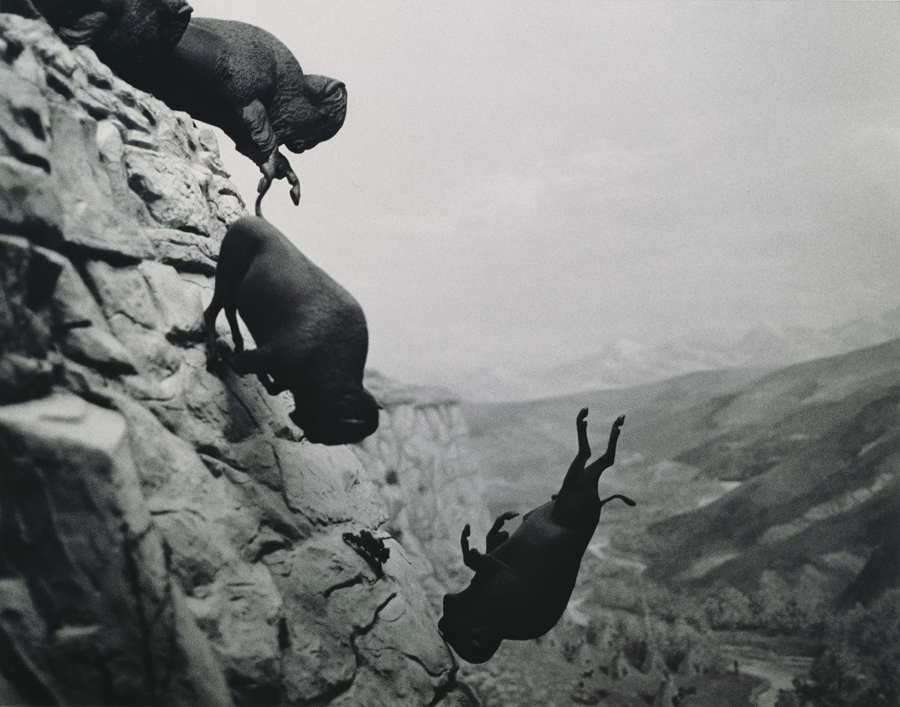
The exhibition makes oddly digestible Wojnarowicz’s address of truths that are difficult to swallow. It portrays an inveterate outsider, a champion of the different and disempowered, as a fixture of a canon he reviled. It separates by medium the work of an artist who rarely distinguished between them and neatens what was always meant to be messy. There’s a heart-breaking tension between the grease on the Rimbaud mask and the greasy kitsch, so unique to Wojnarowicz, that has mostly been scrubbed from this show. His art was never meant to look or play nice. Neither should we.
‘David Wojnarowicz: History Keeps Me Awake at Night’ runs at the Whitney Museum of American Art, New York, until 30 September, 2018.
Main image: David Wojnarowicz with Tom Warren, Self-Portrait of David Wojnarowicz, 1983–84, acrylic and collaged paper on silver gelatin print, 1.5 × 1 m. Courtesy: collection of Brooke Garber Neidich and Daniel Neidich; photograph: Ron Amstutz









